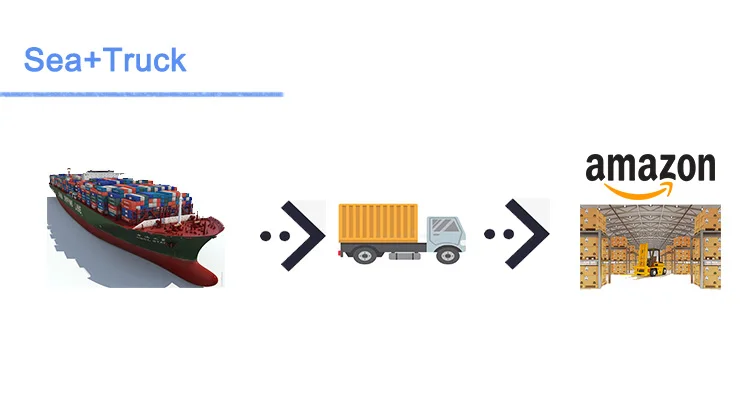
The most truly accurate method to ensure the accurate determination of freight class is to utilize The National Motor Freight Classification® (NMFC®) which is published by the National Motor Freight Traffic Association, Inc. The information and tools on this page are not in any way intended to be a calculator for determining the exact actual freight class of your commodities. The information and tools on this page are intended to only be a resource to be used as a general guideline into the characteristics and attributes that are used by the National Motor Freight Traffic Association, Inc. The greater the liability risk the more this factor will increase the freight class and therefore increase the cost. This takes into account how likely the item is being damaged, stolen, or damaging to other freight and/or property. The greater the difficulty in handling, the more this factor will increase the freight class and therefore increase the cost. Packaging, unit dimensions and fragility are just some of the things taken into account when determining how handling impacts the class. This takes in account the ability of the commodity to be handled as the freight is loaded and unloaded from LTL terminal to LTL terminal. Basically, the harder it is stow or transport this item as compared to other commodities, the more this factor will increase the freight class and therefore increase the cost. Additionally, there items that are regulated by government or carrier policies, as well as items having characteristics that prevent it from being near to, or shipped with, other items. Some factors include if it is unusual dimensions, or if contains hazardous materials. This takes into account how easy it is to stow the commodity. IMPORTANT NOTE: This does not take into account any adjustments to the class based on handling, liability, and or stow-ability which can affect the class and therefore the cost. The following table describes in general how NMFC classes relate. Typically, lower freight classes represent items of higher density and therefore a lower cost. Simply put, the density is the pounds per cubic foot of your item. Density/Freight Class Calculatorĭensity is the primary key in determining freight class, (however the characteristics listed below can a in some cases have a very profound effect on the class and therefore the cost). The characteristics that determine a commodity’s class are density, stow-ability, handling and liability. There are four different aspects or characteristics that determine any given commodities freight class. Every commodity being shipped falls into one of 18 different freight classes which are represented by numeric numbers ranging from 50 – 500. authors and publishes the National Motor Freight Classification® (NMFC®) which is a standard that allows for determining of freight classes for the comparison of different commodities and products being shipped.


In order to assist with this, the National Motor Freight Traffic Association, Inc. LTL Carriers will generally charge for freight based on weight and cube of the items being shipped. Overview: How is freight class determined? (For multiple pieces, be sure to add the weight of each piece together before dividing by the total cubic feet of the shipment.

(If you have multiple pieces, multiply the height x width x depth for each piece. Multiply the three measurements (height x width x depth). The result is the total cubic inches (or feet) of the shipment.(On shipments with multiple pieces, repeat this step for each piece). First measure the height, width, and depth of the shipment. In taking these measurements you must be sure to measure to the farthest points, including pallets or other packaging.To calculate the density and class, follow these steps or use the calculator below


 0 kommentar(er)
0 kommentar(er)
